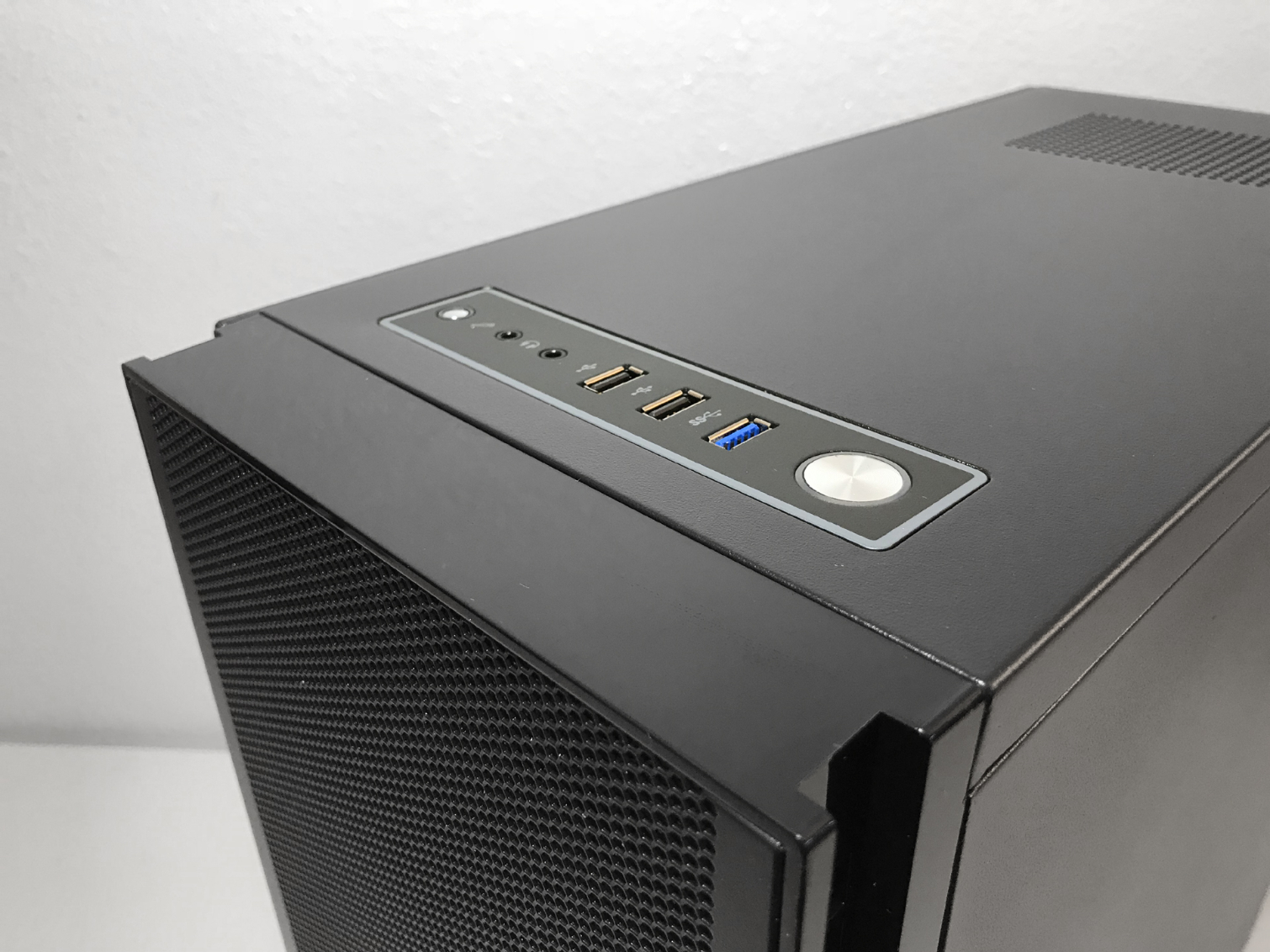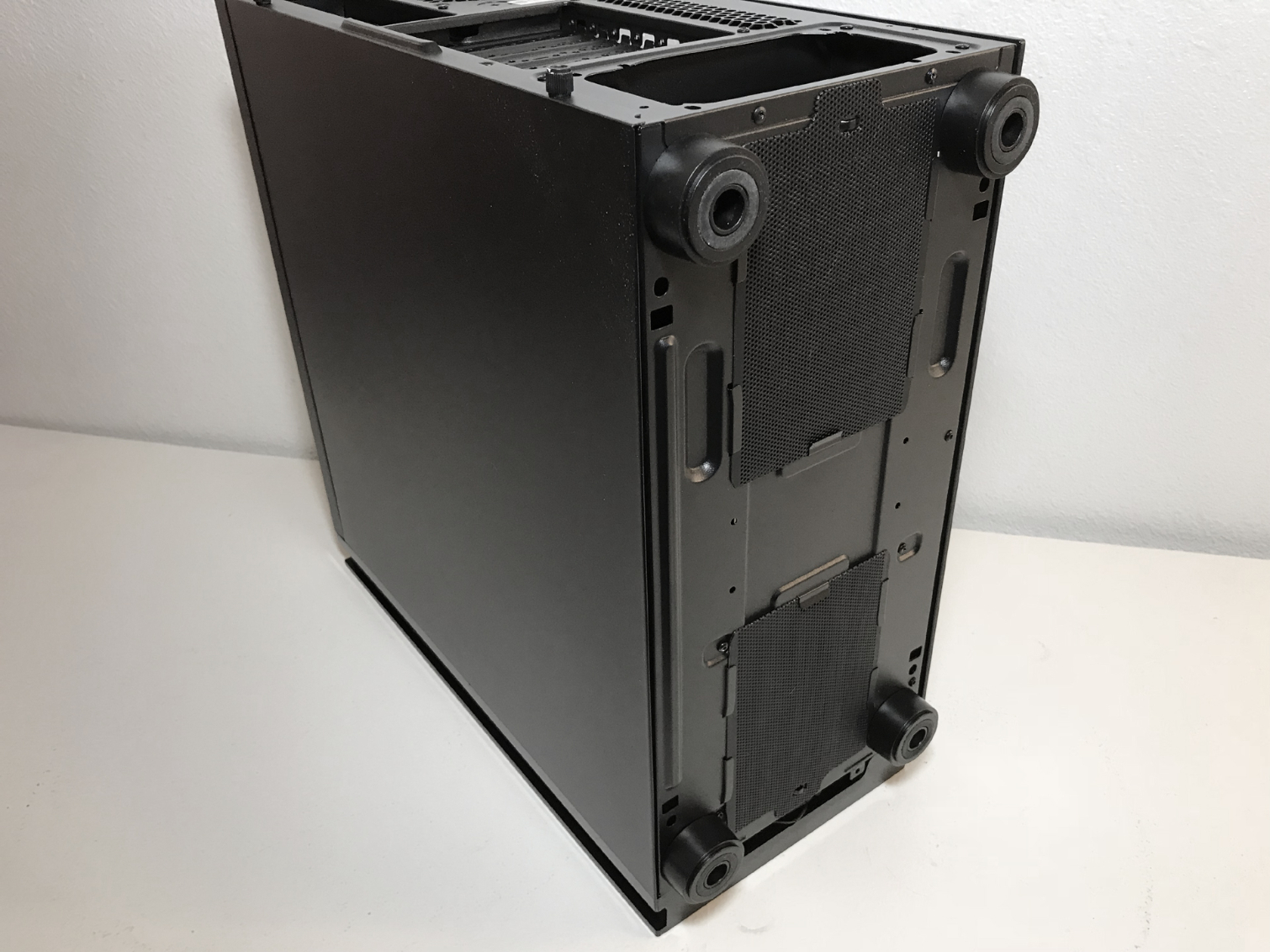Early Verdict
The Riotoro CR500 is a great looking chassis with compelling features and solid performance. Buyers looking for a stylish case to house their entry-level hardware could find good value in this chassis. Despite a few minor drawbacks, value-seeking performance enthusiasts will no doubt approve of this chassis.
Pros
- +
Great Price
- +
Tempered Glass Side Panel
- +
Good Fit and Finish
- +
Respectable Performance
- +
Great Looks
Cons
- -
Not A True Dual Chamber Design
- -
Case Uses Expansion Slot Knock-Outs
Why you can trust Tom's Hardware
Features & Specifications
"Riotoro" might not be a name that many of you are familiar with (yet), but the company comes from strong stock: It was founded by a group of folks that bring decades of experience to the table, from companies such as Corsair and Nvidia. In addition to its line of PC cases, Riotoro also makes power supplies, water cooling kits, gaming mice, keyboards, and fans.
Specifications
Exterior
The CR500 mid-tower chassis measures 435 x 270 x 453mm (HxWxD) and weighs just shy of 14 pounds. The company markets the CR500 as a budget-friendly chassis that features a direct airflow path, as well as a dual-chamber design. Painted black inside and out, this chassis features steel and plastic construction with a single tempered-glass side panel.
The top of the case is home to one USB 3.0 port and two USB 2.0 ports, headphone and microphone jacks, power and reset buttons, and a hard drive activity LED. There is a vented area in the rear portion of the top panel, and the entire front of the chassis is a solid metal mesh panel (on a plastic frame) with ventilation holes backed by a mesh filter. Directly behind the front fascia, you will find mounting locations for three 120mm (or two 140mm) fans.
The full-cover, tempered-glass side panel is slightly tinted, measures 407 x 432mm, and is held in place by rubber-coated locating pins and thumbscrews. The steel panel on the opposite side of the chassis is plain and secured with standard thumbscrews.
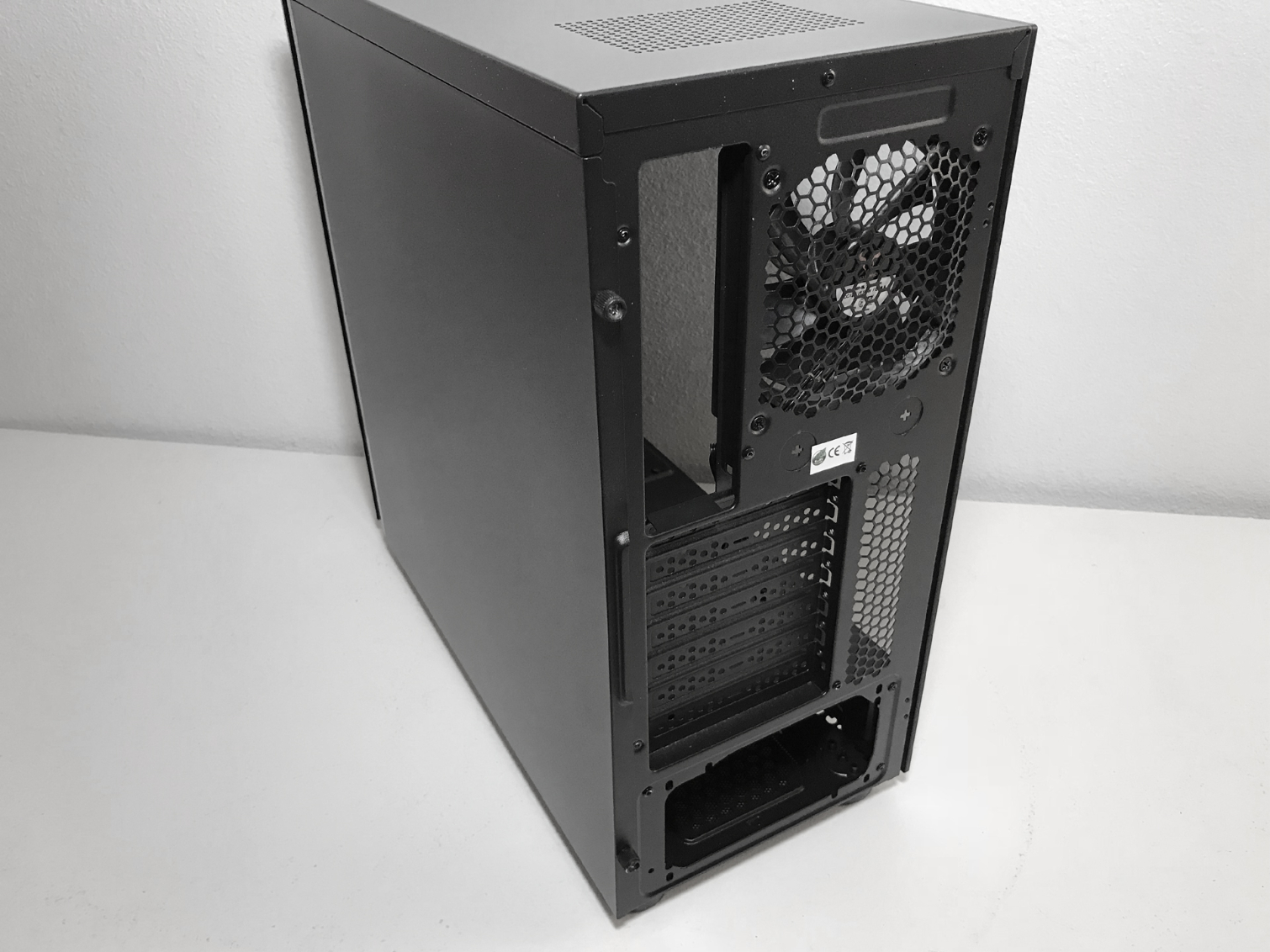
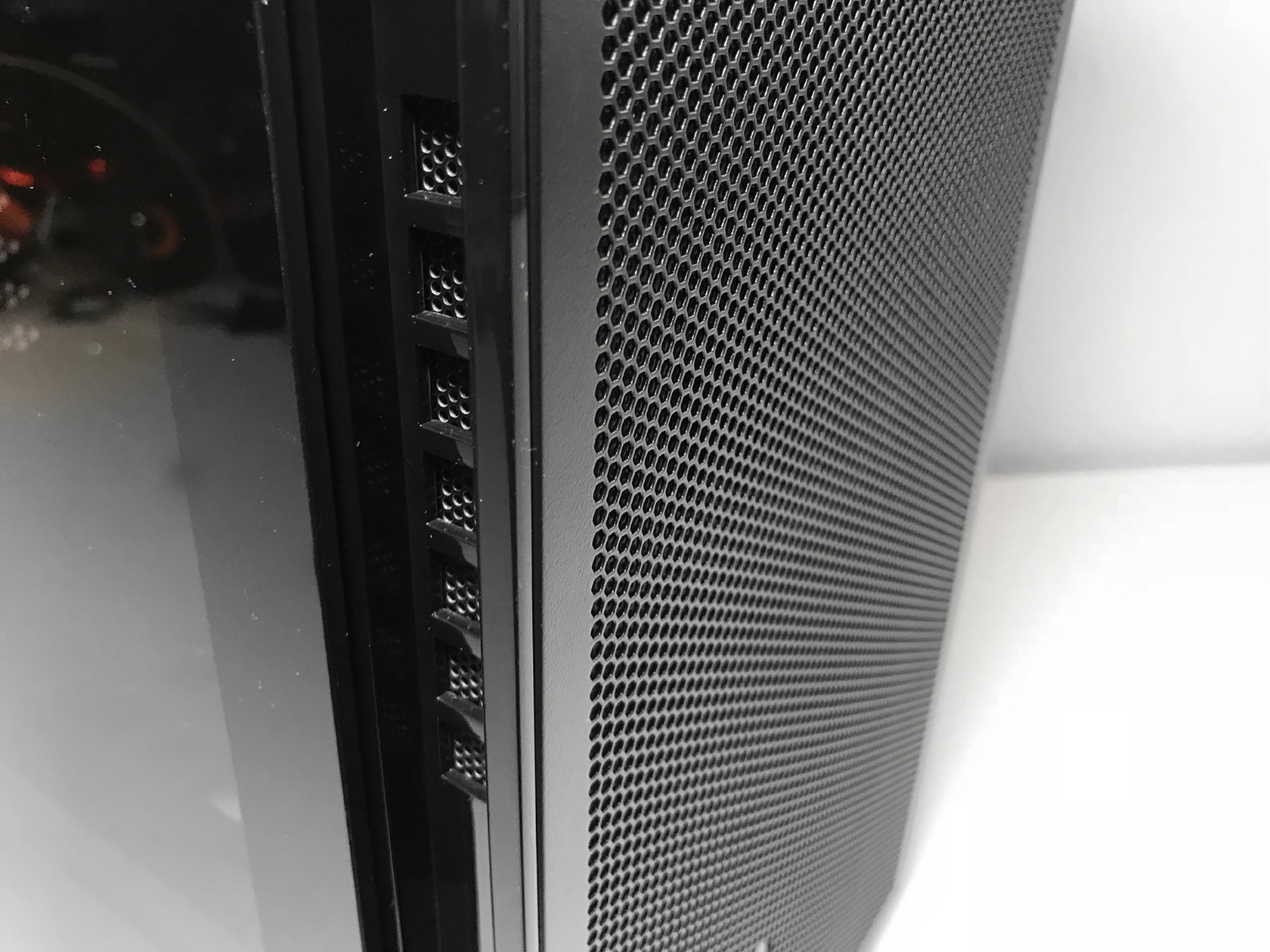
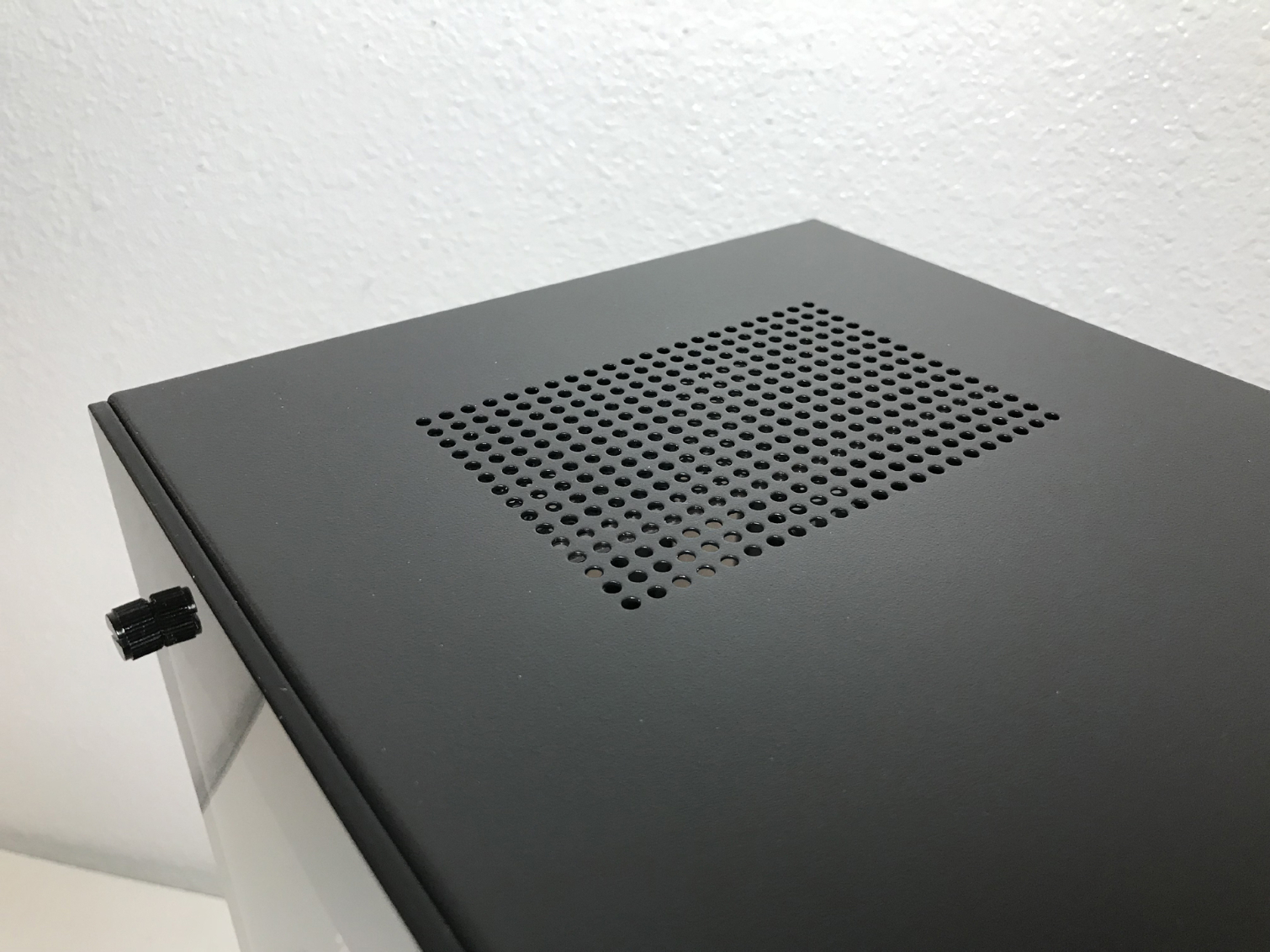
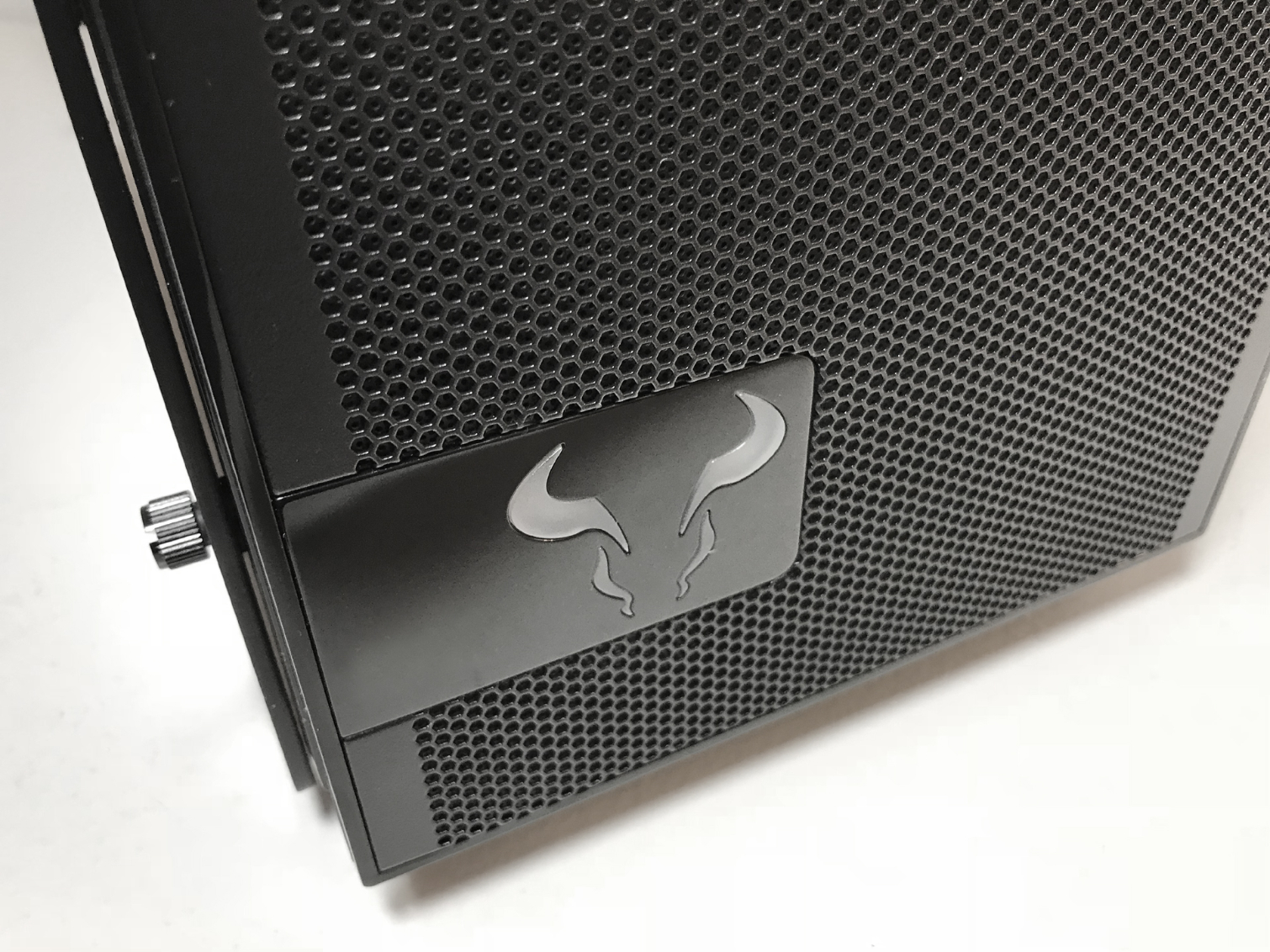
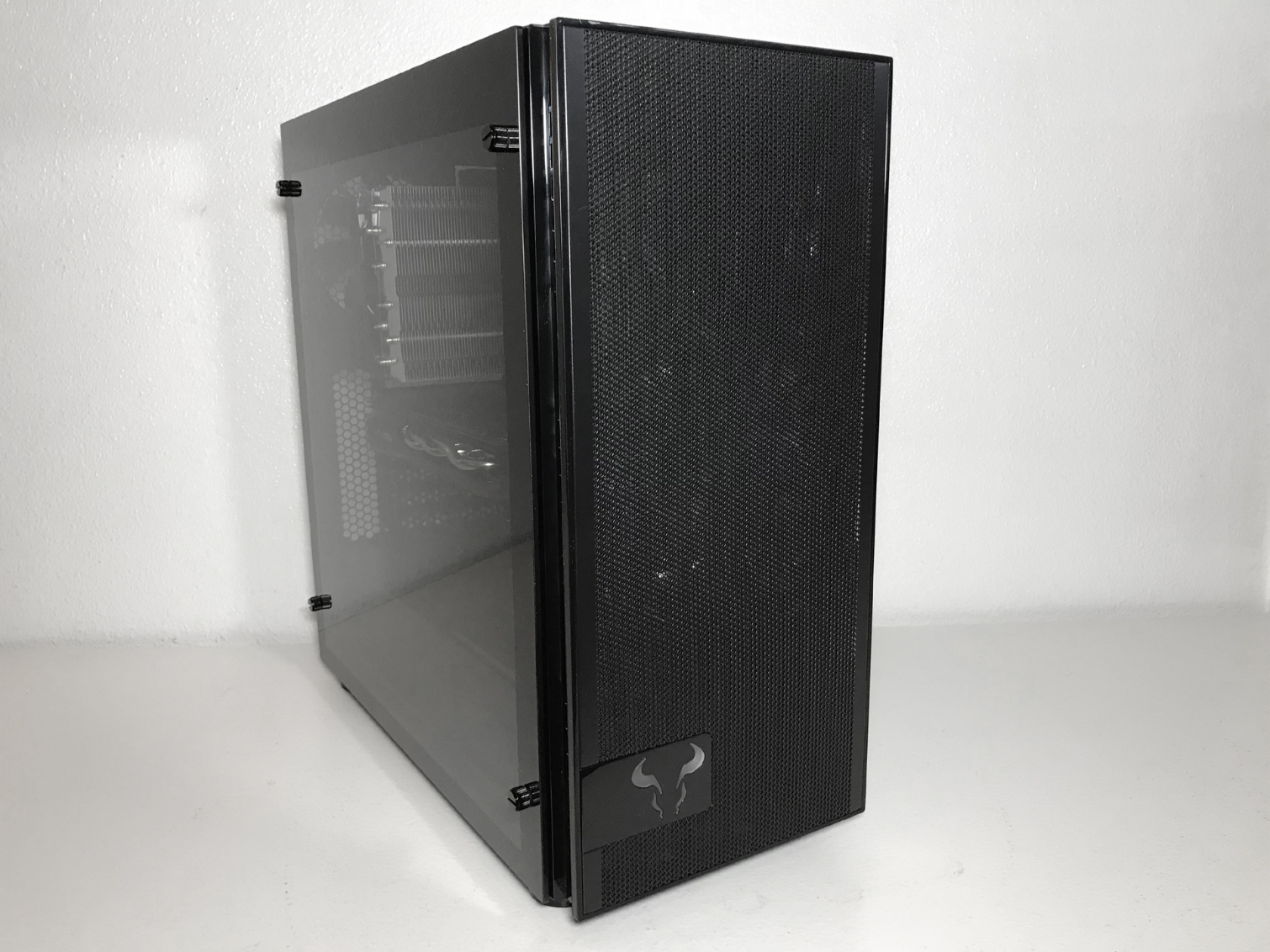
In the rear of the chassis, you'll find the standard motherboard I/O area, seven expansion card slots, an opening for a bottom-mounted PSU, and an exhaust-fan mounting location that supports 120mm fans.
The bottom of the case has a filtered hole for power-supply ventilation adjacent to another 120mm filtered hole for added air flow. There are four feet attached to the base of the case that keep the chassis approximately a half inch off the ground. The feet are equipped with rubber padding that helps damp vibrations and keeps your case from sliding around.
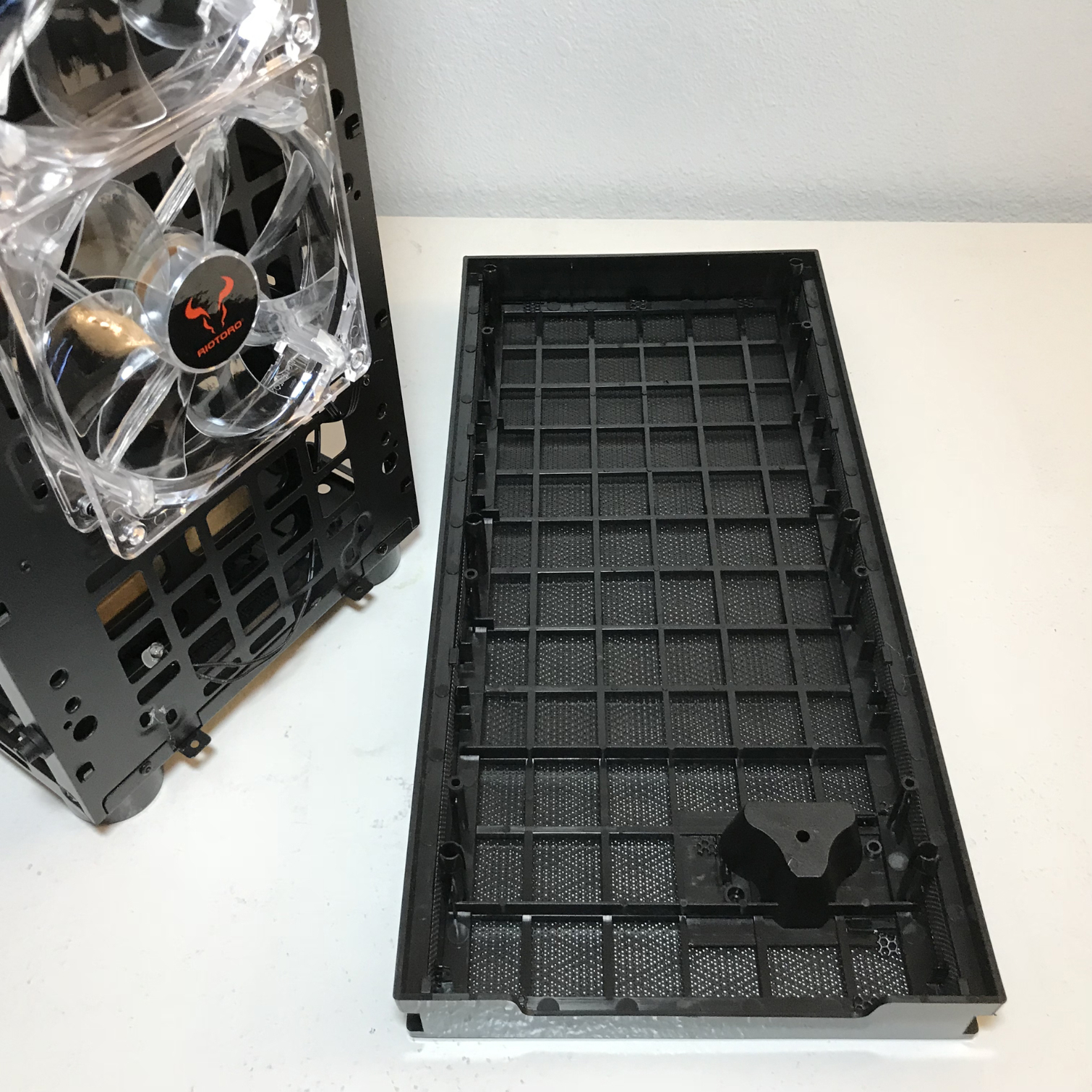
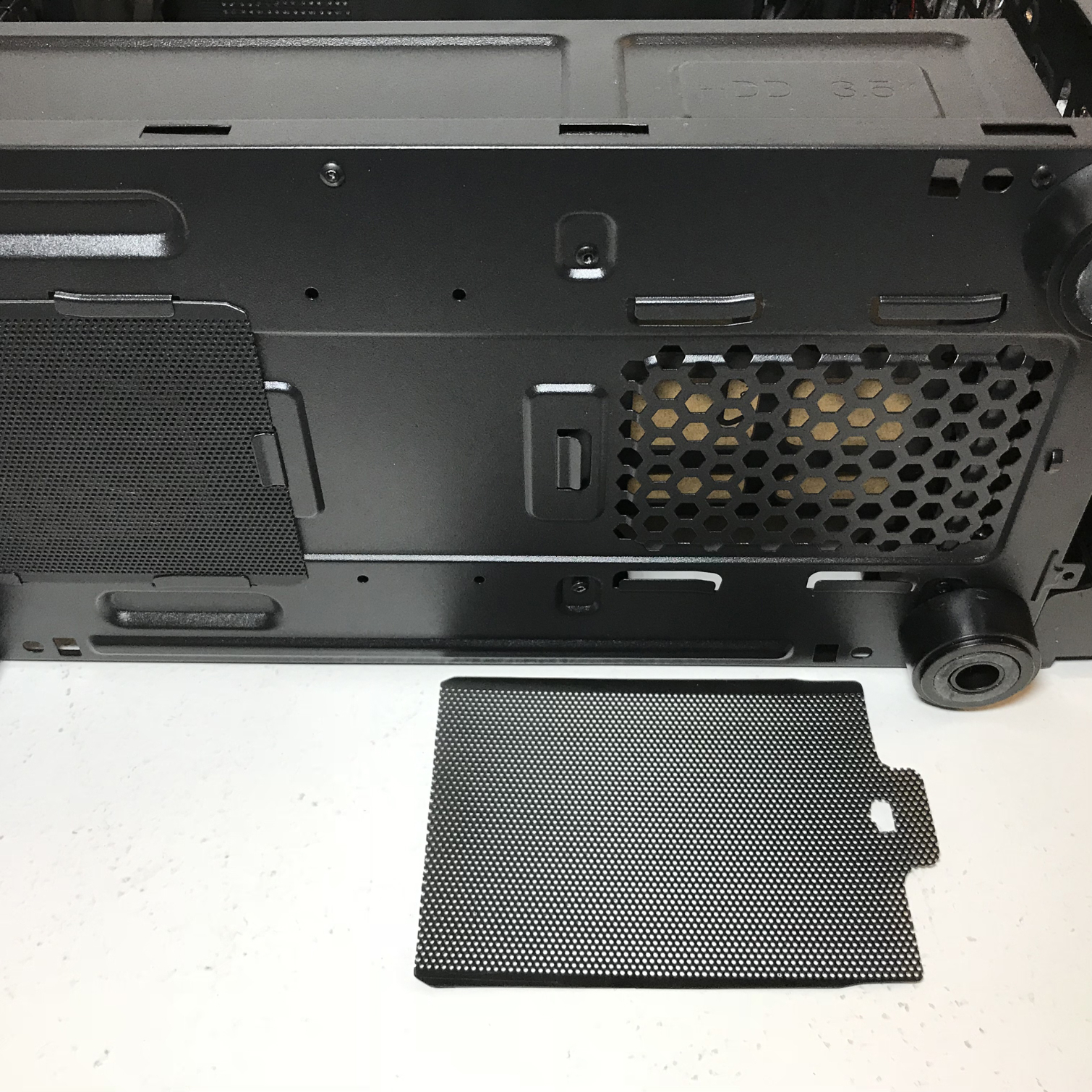
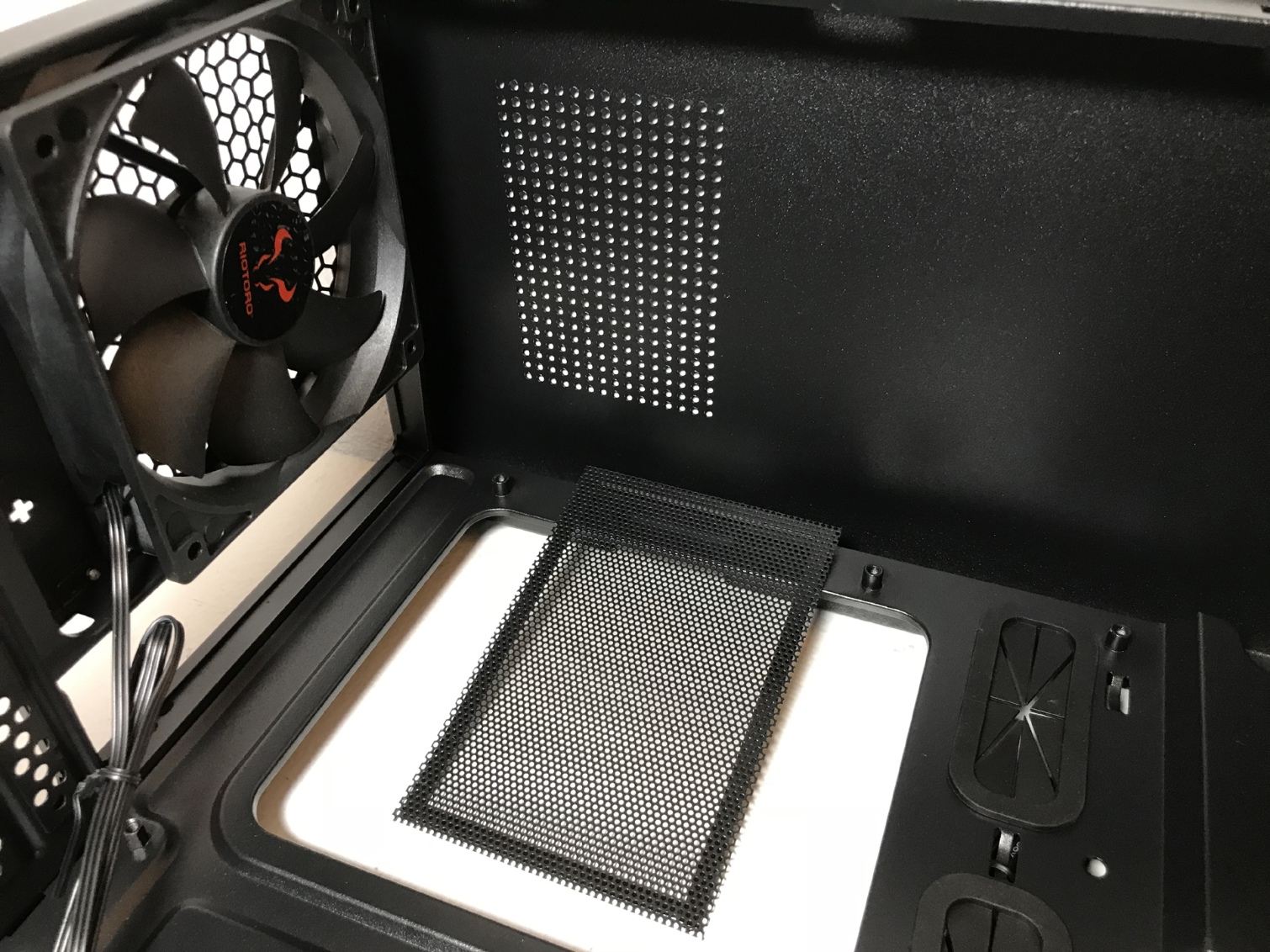
The filtration system on the CR500 is basic but effective. The two removable filters on the bottom of the case will keep larger dust particles out of your system but are not easily accessible without turning the case completely on its side. The filtration system on the front of the case consists of a mesh filter inserted behind the large mesh front panel. Cleaning and maintenance is a relatively simple process, as no tools are required to remove the filters.
Get Tom's Hardware's best news and in-depth reviews, straight to your inbox.
MORE: Best Cases
MORE: All Case Content
Steven Lynch is a contributor for Tom’s Hardware, primarily covering case reviews and news.


